SLOVAKIA - MY HOMELAND
Introduction
(Terezia, Juraj, Michaela)
Slovakia, with its capital city Bratislava, is a small country in the middle of Europe and is boarded with 5 European states: Austria, the Czech Republic, Poland, Ukrajine, Hungary.
The country is divided into three parts – eastern, middle and western and into 8 regions: region Banská Bystrica, region Bratislava, region Košice, region Nitra, region Prešov, region Trnava, region Trenčín, region Žilina There are also many famous tourism regions : Liptov, Spiš, Orava, Šariš, Zahorie, Ponitrie, Turiec and Horehronie . (Our school, the Hotel Academy Brezno is situated in the region of Banská Bystrica, in tourism region Horehronie).
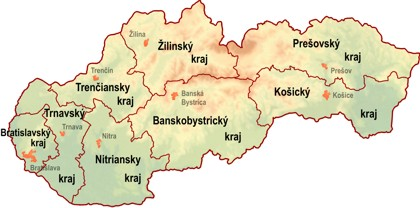
Slovakia is mainly mountainous state. The most popular mountains are the Low and the High Tatras / Nízke a Vysoké Tatry in Slovak/. People like coming there for tourism or just to relax. That is why there are many hotels, hostels and guest-house in the Tatras and in their surroundings.
The Tatras are also the centre of winter and summer sports, such as: skiing, Nordic walking, tobogganing, biathlon and ski alp; playing golf, bungee-jumping, hiking, paragliding, balloon flying, rafting.
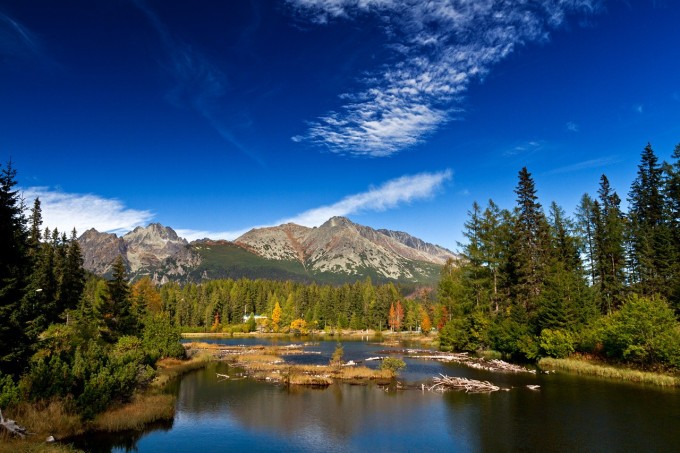
In Slovakia there are 9 National Parks and many protected natural areas where you can see the virgin flora and fauna: TANAP( in the High Tatras), NAPANT (located in the Low Tatras), NP Poloniny, NP Pieniny, NP Slovenský kras, NP Muránska planina, NP Slovenský raj, NP Veľká Fatra, NP Malá Fatra.
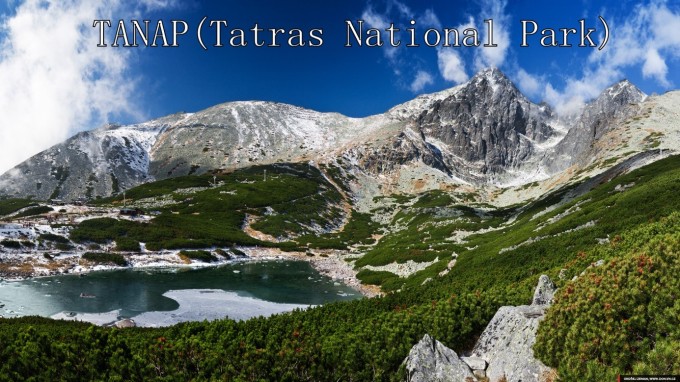
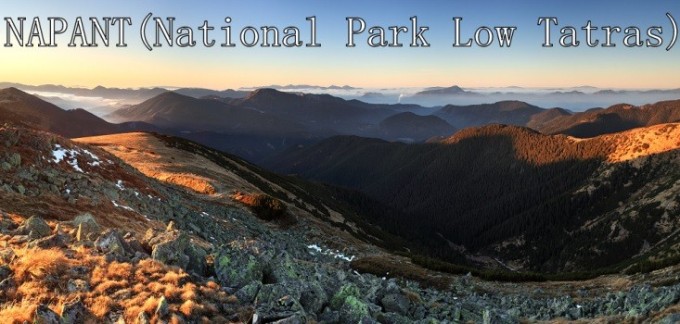
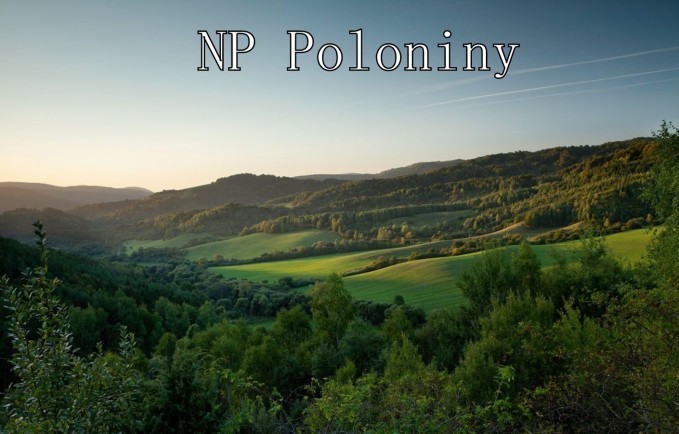
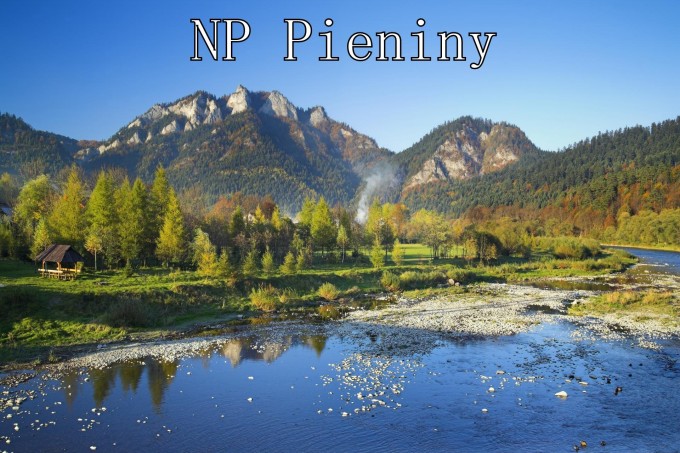
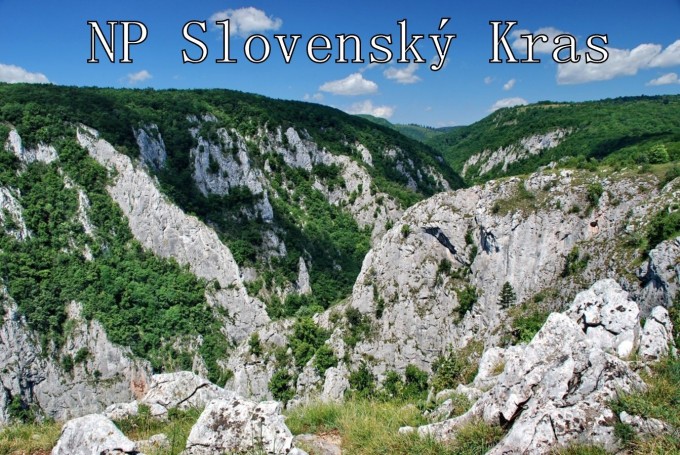
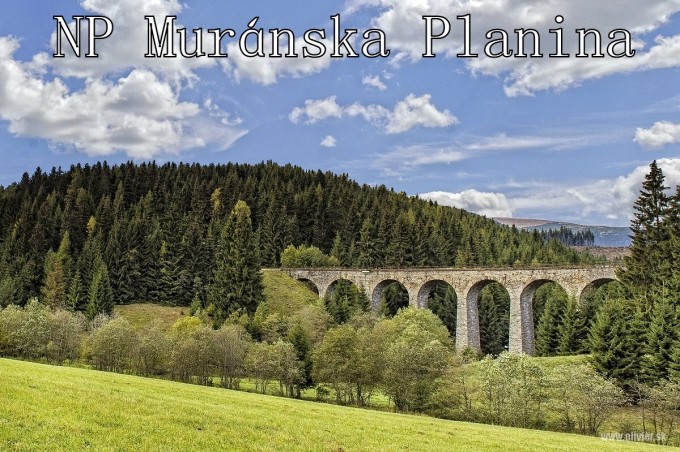
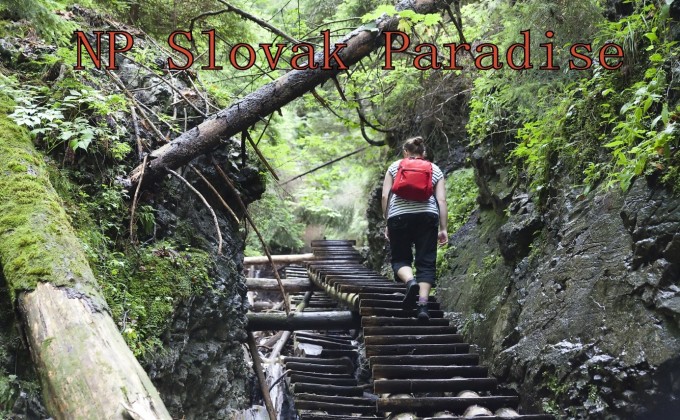
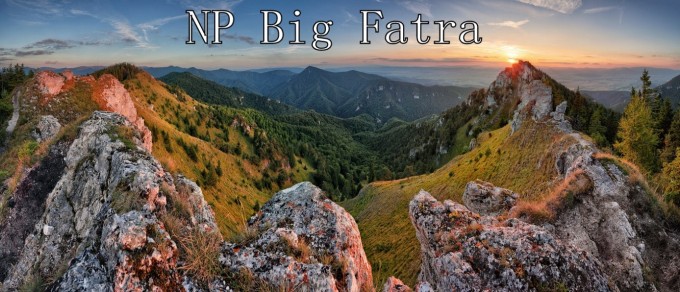
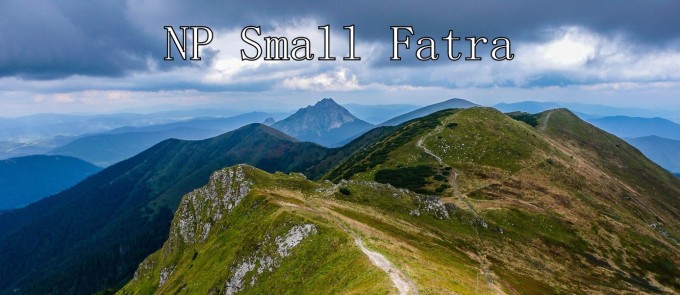
Tourists who come to our country can visit many natural caves, e. g. Cave of Dead Bats, Dobšinská Ice Cave, Ochtinská Aragonite Cave, etc.
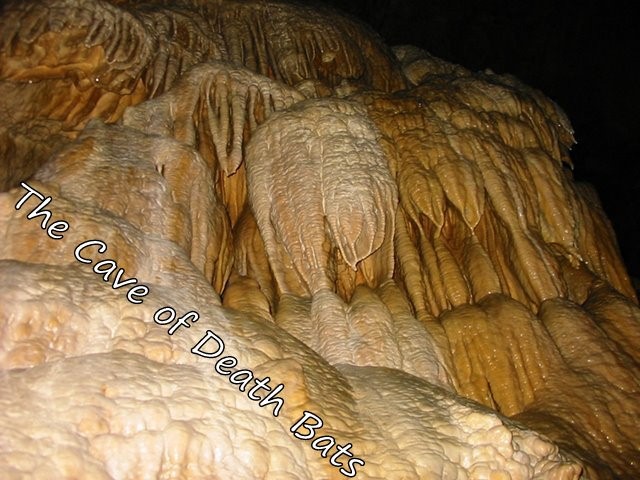
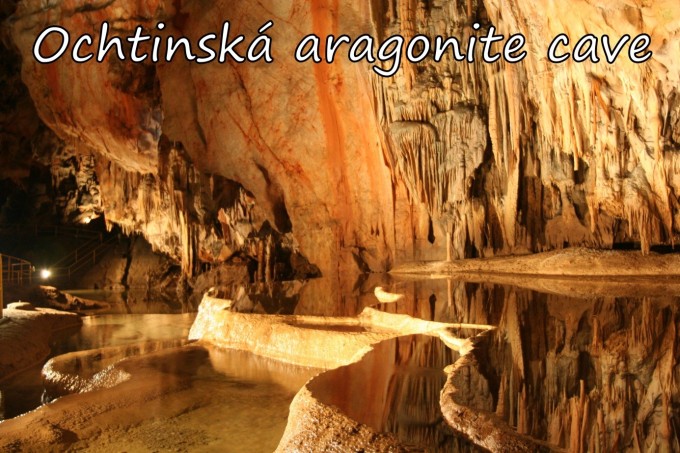
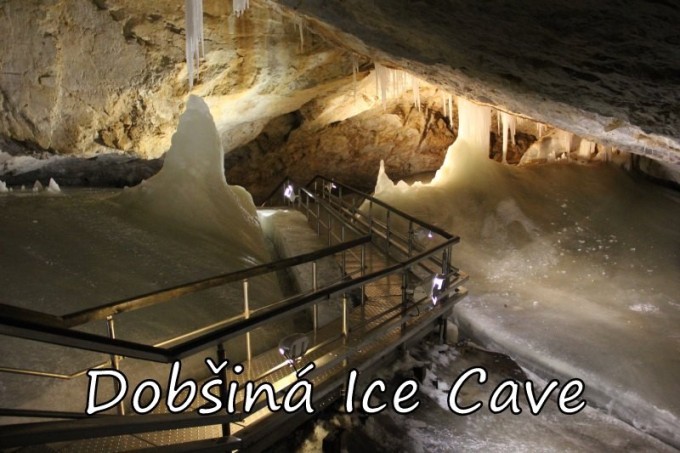
The most famous rivers in Slovakia are: the river Dunaj (Danube), Váh, Hron, Morava, Orava, Nitra. All of them spring as small mountainous streams and flow into the Danube as big rivers and then into the Black Sea.
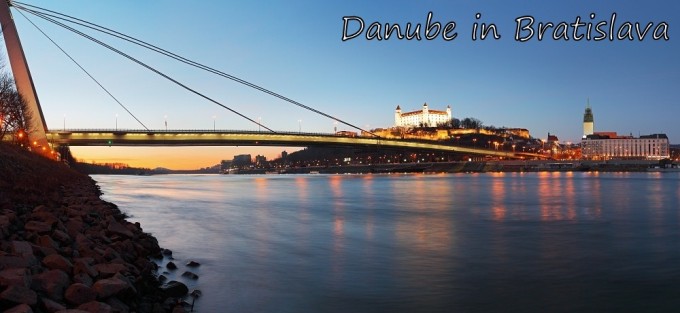
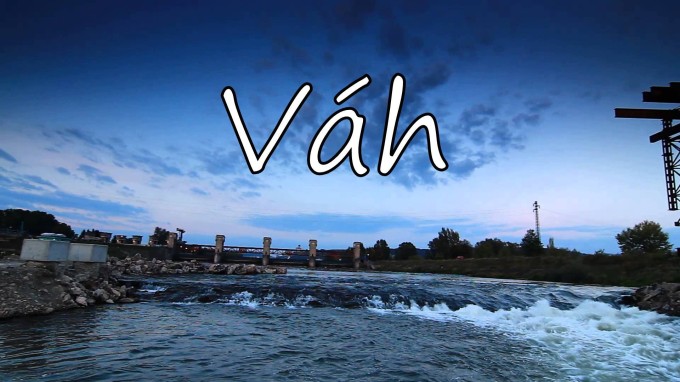
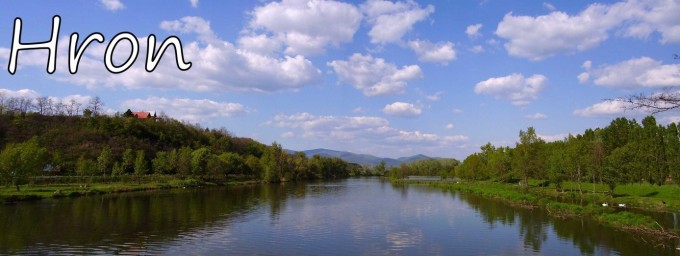
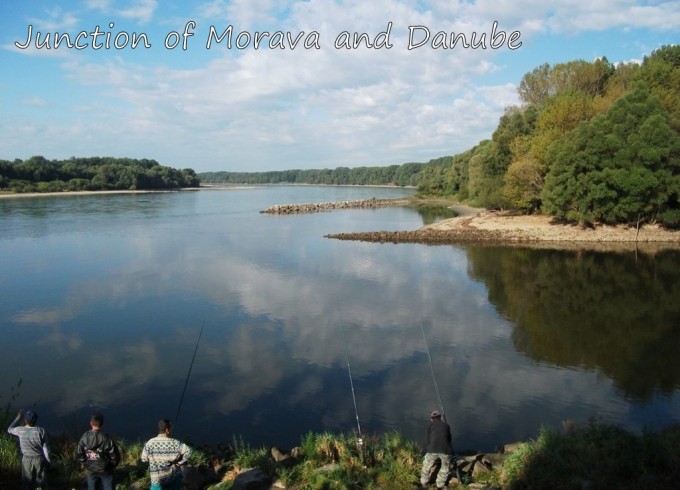
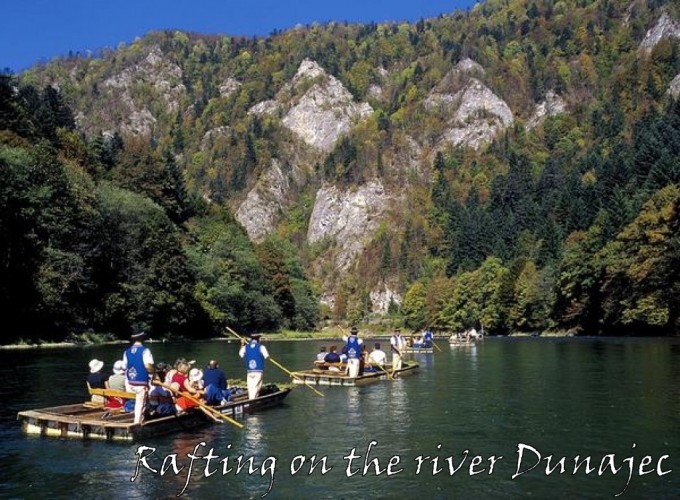
The Slovak Republic is quite new state (gained their independence in 1993) but with the rich history going back to Celts period and then to Great Moravian Empire. That is why there are a lot of historical monuments dated back to different historical periods: Church of St. Margaret of Antioch in Kopčany (9th century), Spiš Castle – the second biggest castle in Europe (11-12th century), Betliar (14th century) , St. Elisabeth Cathedral (15th century), the first University Istropolitana founded in 15th century, etc.
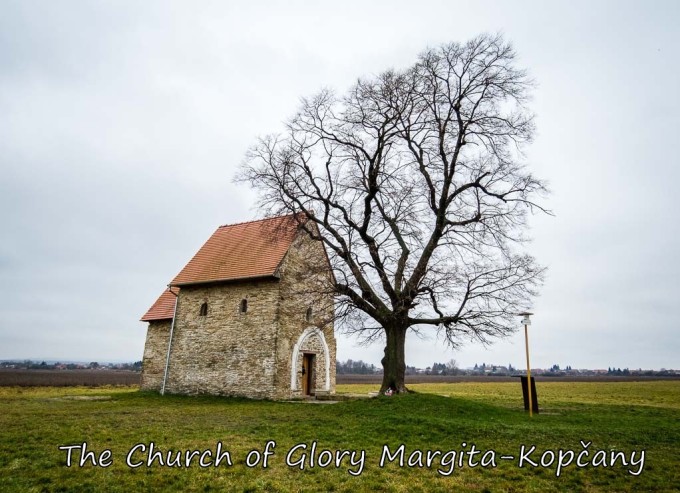
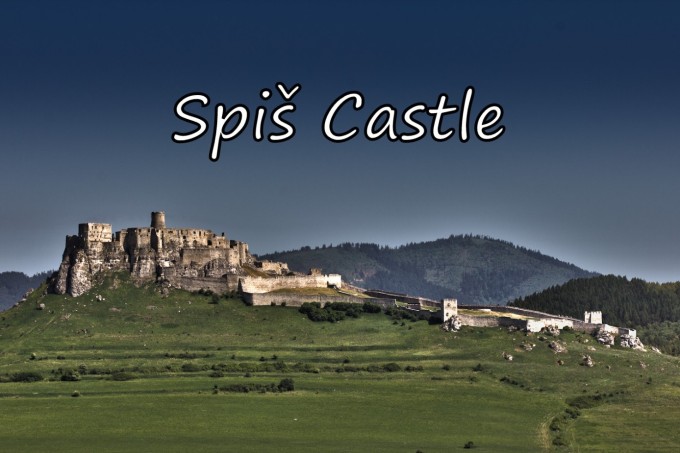
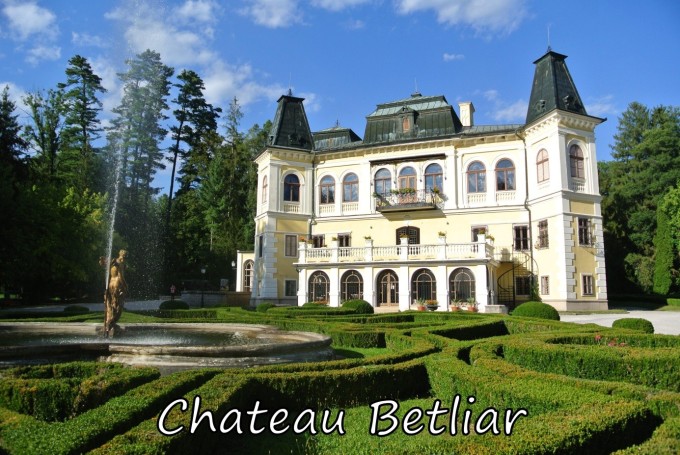
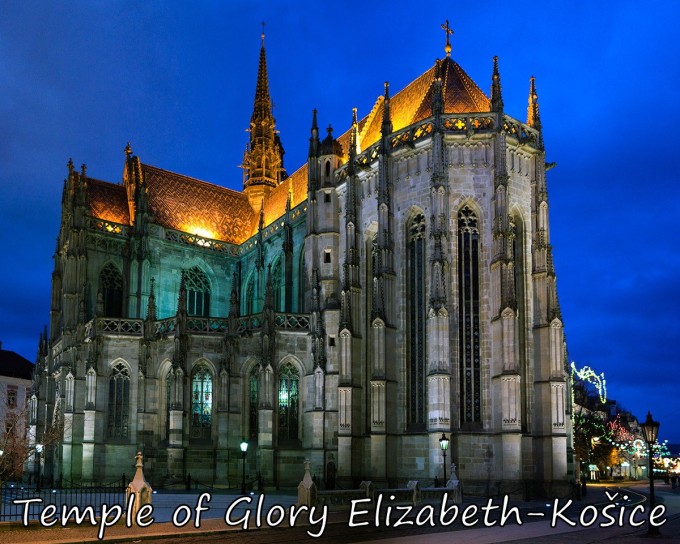
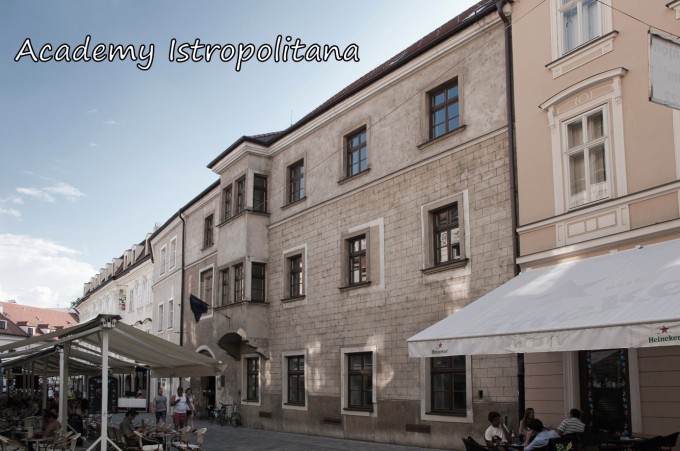
Many historical towns in Slovakia are also included into UNESCO cultural heritage: e.g. towns: Kremnica, Banská Štiavnica, Kežmarok, Levoča, Spišská Kapitula, villages: Vlkolinec, Čičmaný, Nová Polianka.
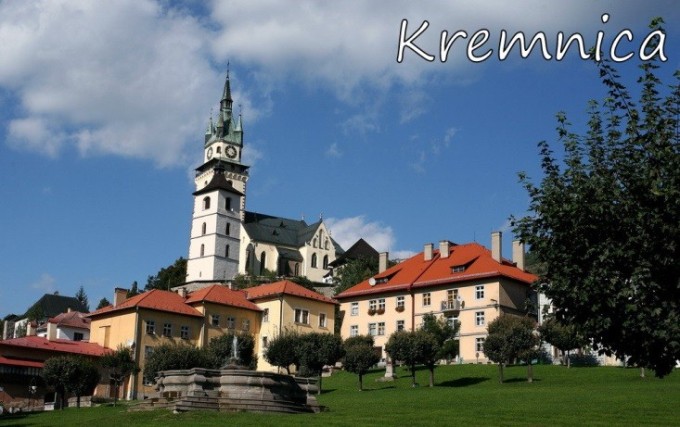
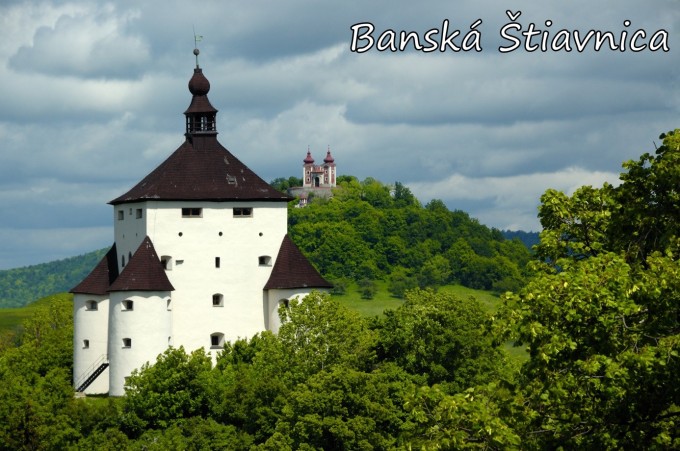
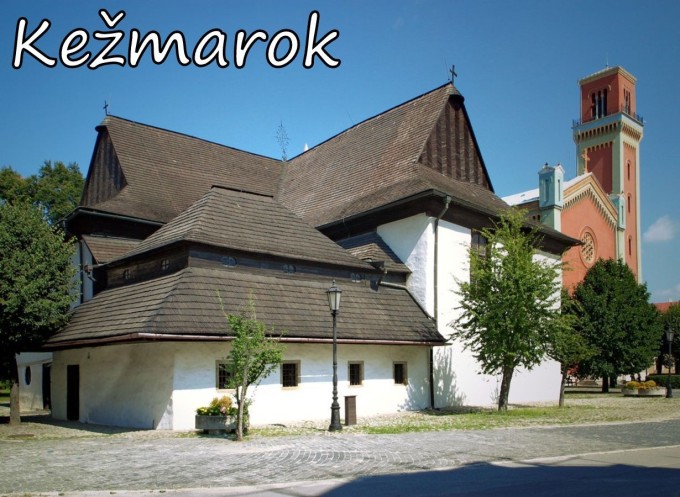
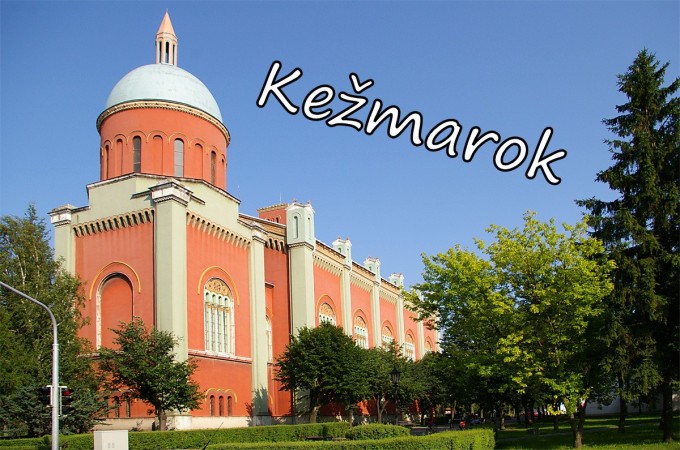
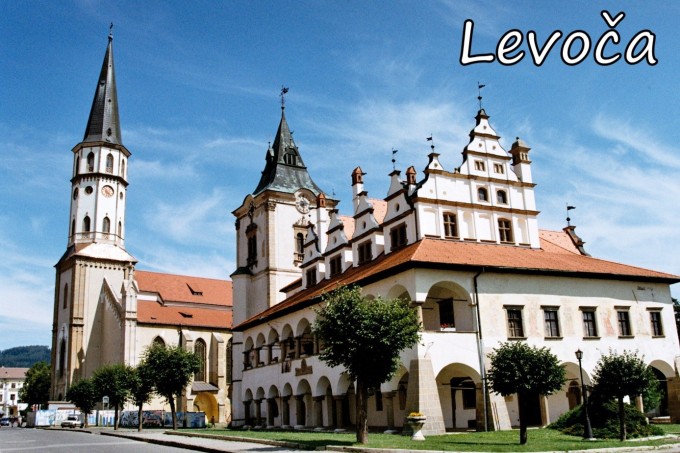
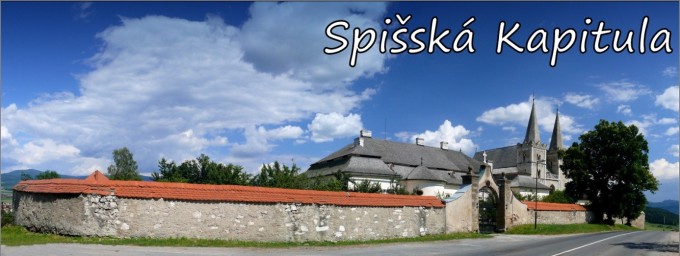
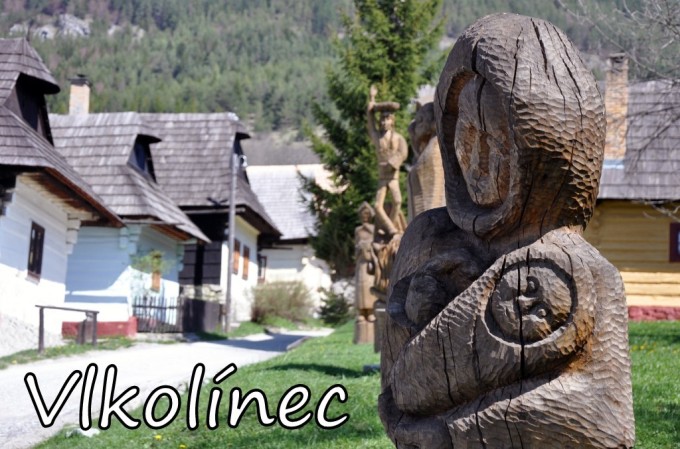
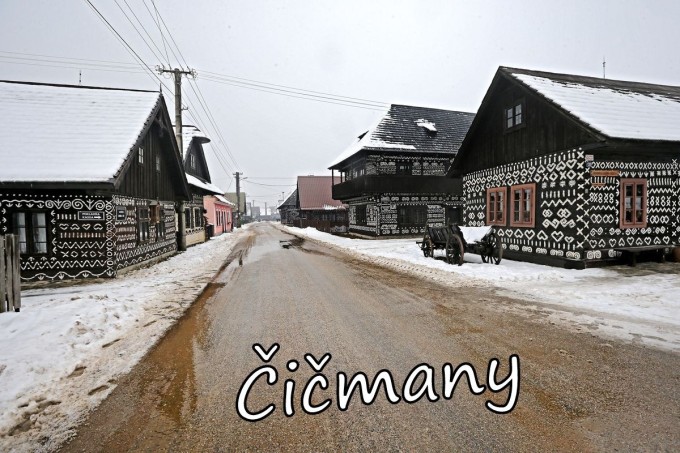
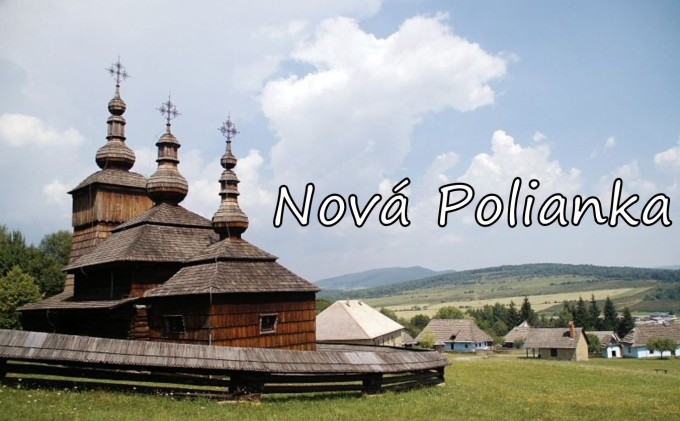
Our ancestors went through difficult historical periods and different historical events, but even though they managed to preserve their own language and their own folk traditions. The interesting fact is that each touristic region and even village has its own folk tradition (songs, dance, meals and costumes). Slovaks are really proud of their traditions, they try to keep them and pass them from one generation to another.
Slovaks, in general, are very hard- working, hospitable, cheerful. Family is usually the most valuable here. If you decide to visit Slovakia you will meet with Slovaks´ determination and willing to help you to feel like home.

No comments:
Post a Comment